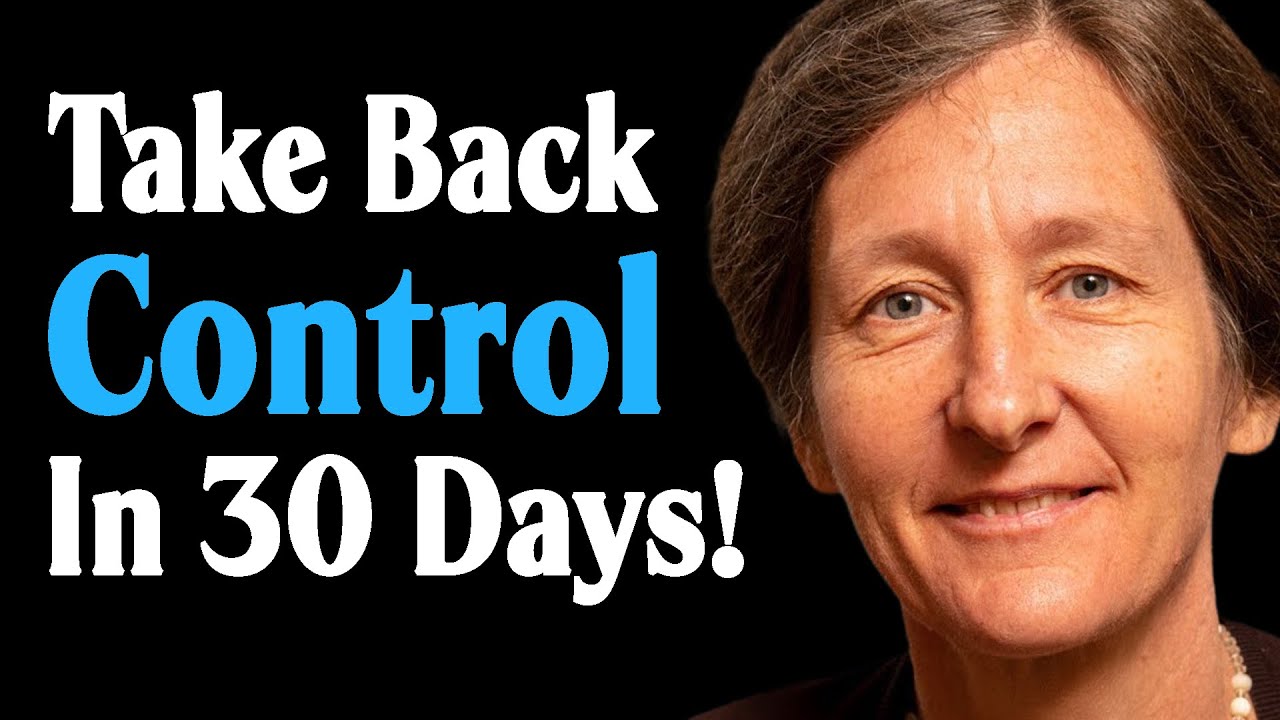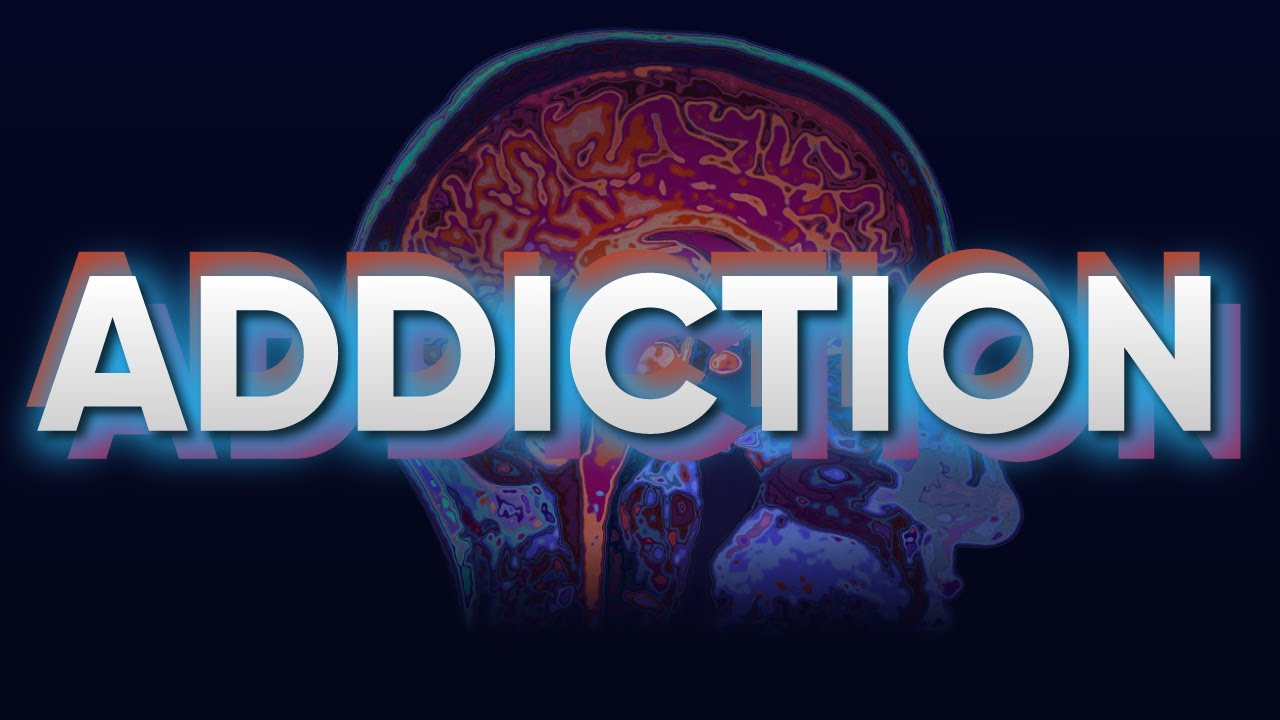Addiction Neuroscience 101
Summary
TLDRThis script delves into addiction as a chronic brain disease, emphasizing its impact on the dopamine reward system crucial for motivation and survival. It highlights the staggering statistics of addiction in the U.S., the role of dopamine in pleasure and survival instincts, and how substances like methamphetamine and opioids hijack this system. The speaker advocates for evidence-based treatments, including medication-assisted therapies, to stabilize dopamine levels and reduce cravings, stressing the importance of addressing addiction with science rather than stigma or punishment.
Takeaways
- 📉 Addiction is a widespread issue in the United States, affecting 21 million people, with alcohol and opioid use disorders being particularly prevalent.
- 🏥 Opioid use disorder has become the leading cause of injury-related death, surpassing car accidents and gun violence, and was declared an epidemic by the CDC.
- 🧬 Dopamine is a crucial chemical for human motivation and survival, and addiction disrupts the brain's normal dopamine levels, leading to a constant craving for substances that artificially elevate it.
- 🧠 The brain's limbic system, including areas like the nucleus accumbens and ventral tegmental area, plays a central role in the reward system and is significantly affected by addiction.
- 🚫 Addiction is not merely a behavioral issue but a disease that can be identified and treated, contrary to common misconceptions that focus on the behaviors rather than the underlying condition.
- 💊 Medications like buprenorphine and methadone can help normalize dopamine levels in individuals with opioid use disorder, reducing cravings and facilitating engagement in therapy.
- 🧐 The Diagnostic and Statistical Manual of Mental Disorders (DSM-5) defines addiction based on behavioral criteria rather than lab tests, emphasizing the importance of understanding the behaviors driven by addiction.
- 🧠 Functional MRI studies have shown that craving for drugs can light up the brain's reward areas to an extent that surpasses even the most basic survival needs like hydration and nutrition.
- 💡 The concept of 'decision fatigue' is relevant to addiction, as the constant need to resist cravings can deplete an individual's ability to make good decisions, potentially leading to relapse.
- 🛑 Society needs to address the stigma and discrimination associated with addiction, treating it as a medical condition rather than a moral failing and ensuring access to evidence-based treatments.
- 🛡️ Prevention and education about addiction should be based on accurate knowledge, avoiding simplistic scare tactics, and focusing on understanding the brain's role in addiction.
Q & A
Why is addiction considered a disease?
-Addiction is considered a disease because it involves a predictable, chronic change in brain function, particularly affecting the dopamine and reward pathways, which are responsible for motivation and survival.
What are the statistics on addiction in the United States?
-In the United States, 21 million people have the disease of addiction, with 15 million suffering from alcohol use disorder and 3 million from opioid use disorder.
Why is opioid use disorder a significant public health issue?
-Opioid use disorder is a significant public health issue because it is the number one cause of injury-related death in the U.S., surpassing car accidents and gun violence, and was responsible for over 50,000 overdose deaths in 2015.
What is the role of dopamine in addiction?
-Dopamine is a chemical in the brain responsible for motivation and reward. Addictive substances can cause an unnatural increase in dopamine levels, leading to changes in the brain that drive addictive behaviors.
How does the brain respond to different levels of dopamine?
-The brain has a normal range of dopamine levels for motivation and reward. However, addictive substances can cause dopamine levels to spike abnormally high, leading to a dependency where normal life events no longer trigger the same dopamine response.
What are the parts of the brain involved in addiction and motivation?
-The parts of the brain involved in addiction and motivation include the anterior cingulate gyrus, the lateral bed nuclei of the amygdala, the nucleus accumbens, the ventral tegmental area, and the periaqueductal gray.
How does the lack of dopamine affect a person's ability to function?
-A lack of dopamine can lead to severe impairments in a person's ability to function, such as getting out of bed, taking care of oneself, or engaging in daily activities, as dopamine is crucial for motivation.
What are the four major areas used to diagnose addiction in the DSM-5?
-The DSM-5 uses four major areas to diagnose addiction: impaired control of drug use, social impairment, risky use, and pharmacological properties, with eleven criteria in total.
How do medications like buprenorphine and methadone help with addiction treatment?
-Medications like buprenorphine and methadone help with addiction treatment by increasing dopamine levels back to normal, reducing cravings and allowing patients to engage in therapy and other treatments more effectively.
What is the role of decision fatigue in addiction and relapse?
-Decision fatigue can play a significant role in addiction and relapse, as the constant need to resist cravings throughout the day can deplete a person's ability to make good decisions, potentially leading to a relapse.
Why is it important to decrease cravings in addiction treatment?
-Decreasing cravings is important in addiction treatment because it reduces the likelihood of relapse, as cravings are a major driver of the decision to use addictive substances.
What societal changes are suggested to better address addiction?
-Societal changes suggested to better address addiction include reframing stigma as discrimination, focusing on evidence-based science rather than beliefs, and decriminalizing addiction in the criminal justice system.
How can education play a role in preventing addiction?
-Education can play a role in preventing addiction by providing accurate and appropriate knowledge to young people, helping them understand the risks and effects of addictive substances, rather than relying on scare tactics or misinformation.
Outlines

This section is available to paid users only. Please upgrade to access this part.
Upgrade NowMindmap

This section is available to paid users only. Please upgrade to access this part.
Upgrade NowKeywords

This section is available to paid users only. Please upgrade to access this part.
Upgrade NowHighlights

This section is available to paid users only. Please upgrade to access this part.
Upgrade NowTranscripts

This section is available to paid users only. Please upgrade to access this part.
Upgrade NowBrowse More Related Video

The Neurobiology of Addiction Addiction 101 in Olson

Dopamine Detox: How To Regain Control Of Your Life In 30 Days | Dr. Anna Lembke

Why Our Brains Want to Be Addicted | The Chemistry of Addiction

The Science of Addiction and The Brain

Dopamine, Destiny and the Garden of Uncertainty

Neuroscience - Addiction and the Brain
5.0 / 5 (0 votes)